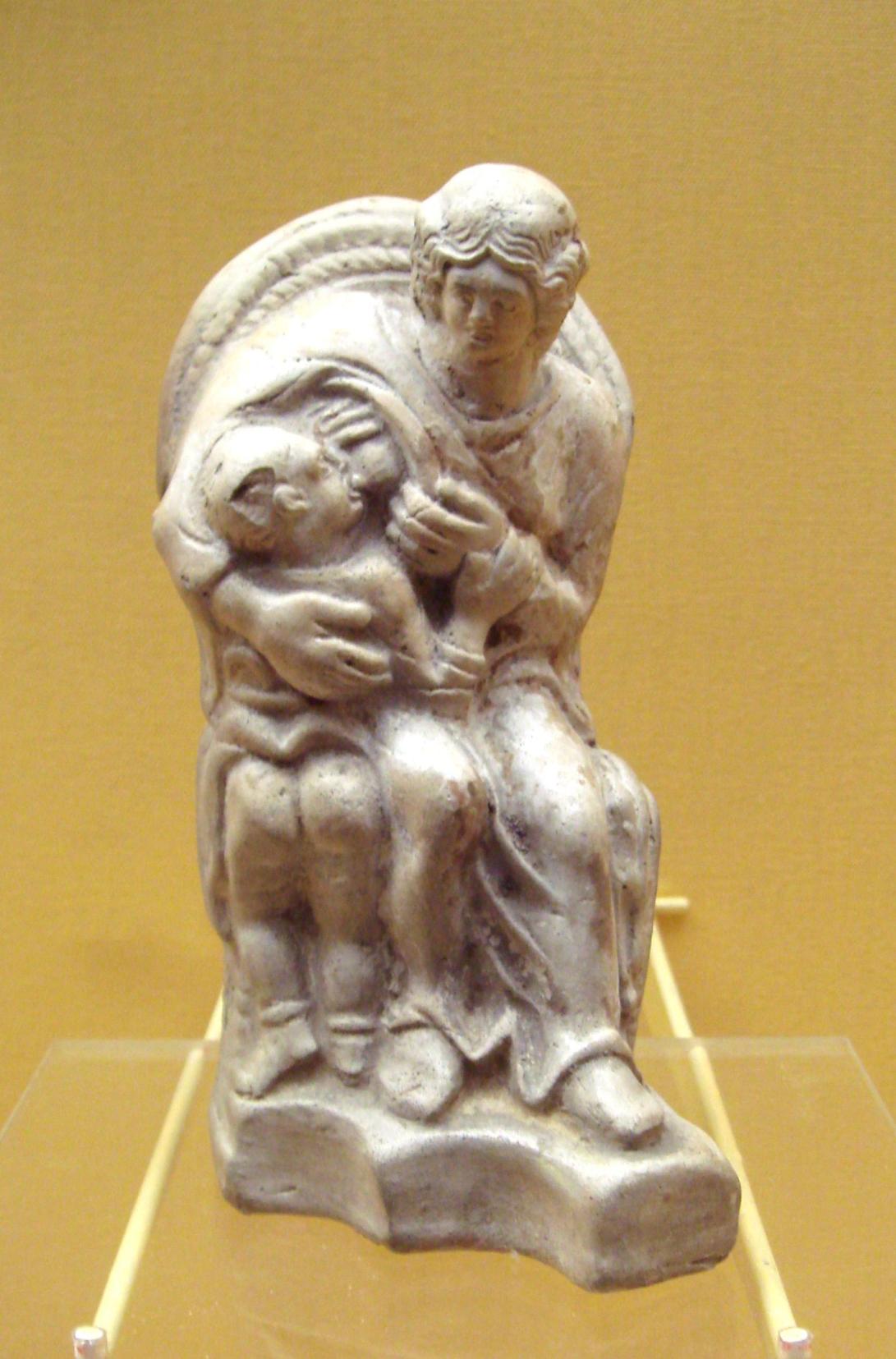Dea Matrona on:
[Wikipedia]
[Google]
[Amazon]

 In
In

 In
In Celtic mythology
Celtic mythology is the body of myths belonging to the Celtic peoples.Cunliffe, Barry, (1997) ''The Ancient Celts''. Oxford, Oxford University Press , pp. 183 (religion), 202, 204–8. Like other Iron Age Europeans, Celtic peoples followed ...
, Dea Matrona ('Divine Mother') was the goddess
A goddess is a female deity. In some faiths, a sacred female figure holds a central place in religious prayer and worship. For example, Shaktism (one of the three major Hinduism, Hindu sects), holds that the ultimate deity, the source of all re ...
who gives her name to the river Marne (ancient ''Matrŏna'') in Gaul
Gaul () was a region of Western Europe first clearly described by the Roman people, Romans, encompassing present-day France, Belgium, Luxembourg, and parts of Switzerland, the Netherlands, Germany, and Northern Italy. It covered an area of . Ac ...
.
The Gaulish
Gaulish is an extinct Celtic languages, Celtic language spoken in parts of Continental Europe before and during the period of the Roman Empire. In the narrow sense, Gaulish was the language of the Celts of Gaul (now France, Luxembourg, Belgium, ...
theonym
A theonym (from Greek (), 'god', attached to (), ) is a proper name of a deity.
Theonymy, the study of divine proper names, is a branch of onomastics, the study of the etymology, history, and use of proper names. Theonymy helps develop an und ...
''Mātr-on-ā'' signifies 'Great Mother' and the goddess of the Marne has been interpreted to be a mother goddess
A mother goddess is a major goddess characterized as a mother or progenitor, either as an embodiment of motherhood and fertility or fulfilling the cosmological role of a creator- and/or destroyer-figure, typically associated the Earth, sky, ...
.
Many Gaulish religious images—including inexpensive terracotta
Terracotta, also known as terra cotta or terra-cotta (; ; ), is a clay-based non-vitreous ceramic OED, "Terracotta""Terracotta" MFA Boston, "Cameo" database fired at relatively low temperatures. It is therefore a term used for earthenware obj ...
statue
A statue is a free-standing sculpture in which the realistic, full-length figures of persons or animals are carved or Casting (metalworking), cast in a durable material such as wood, metal or stone. Typical statues are life-sized or close to ...
s mass-produced
Mass production, also known as mass production, series production, series manufacture, or continuous production, is the production of substantial amounts of standardized products in a constant flow, including and especially on assembly lines. ...
for use in household shrine
A shrine ( "case or chest for books or papers"; Old French: ''escrin'' "box or case") is a sacred space">-4; we might wonder whether there's a point at which it's appropriate to talk of the beginnings of French, that is, when it wa ...: ''escri ...
s—depict mother goddesses nursing babies or holding fruits, other foods, or small dogs in their laps. In many areas, such ''Matronae'' were depicted in groups of three (or sometimes two) (see Matres and Matronae
The Matres (Latin for "mothers") and Matronae (Latin for "matrons") were female deities venerated in Northwestern Europe, of whom relics are found dating from the first to the fifth century AD. They are depicted on votive offerings and altars th ...
for the triads of mother goddesses well attested throughout northern Europe).
The name of Welsh mythological figure Modron
Modron ("mother") is a figure in Welsh tradition, known as the mother of the hero Mabon ap Modron. Both characters may have derived from earlier divine figures, in her case the Gaulish goddess Matrona. She may have been a prototype for Morgan ...
, mother of Mabon, is derived from the same etymon (and Mabon has a cognate in Gaulish Maponos
In ancient Celtic religion, Maponos or Maponus ("Great Son") is a god of youth known mainly in northern Britain but also in Gaul. In Roman Britain, he was equated with Apollo.
The Welsh mythological figure Mabon ap Modron is apparently derived ...
).
See also
*Aveta
In Gallo-Roman religion, Dea Aveta was a mother goddess, also associated with the freshwater spring at Trier in what is now Germany. Miranda Green. "The Celtic Goddess as Healer." In Sandra Billington (ed). 1996. The Concept of the Goddess'' Rou ...
, another Gallic mother goddess
Sources
* Beck, Jane (1970) "The White Lady of Great Britain and Ireland", in: ''Folklore'' 81:4. * Loomis, Roger (1945) "Morgain La Fee and the Celtic goddesses", in: ''Speculum''. 20:2. * Meier, Bernhard (1998) ''Dictionary of Celtic Religion and Culture''; Cyril Edwards, trans. Woodbridge: Boydell and Brewer. Gaulish goddesses Mother goddesses Sea and river goddesses {{Celt-myth-stub